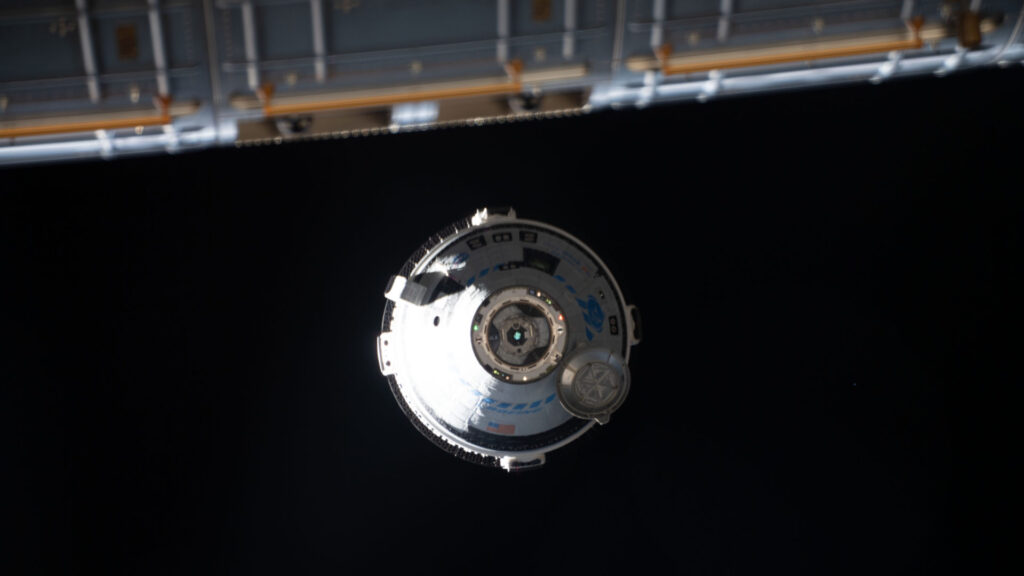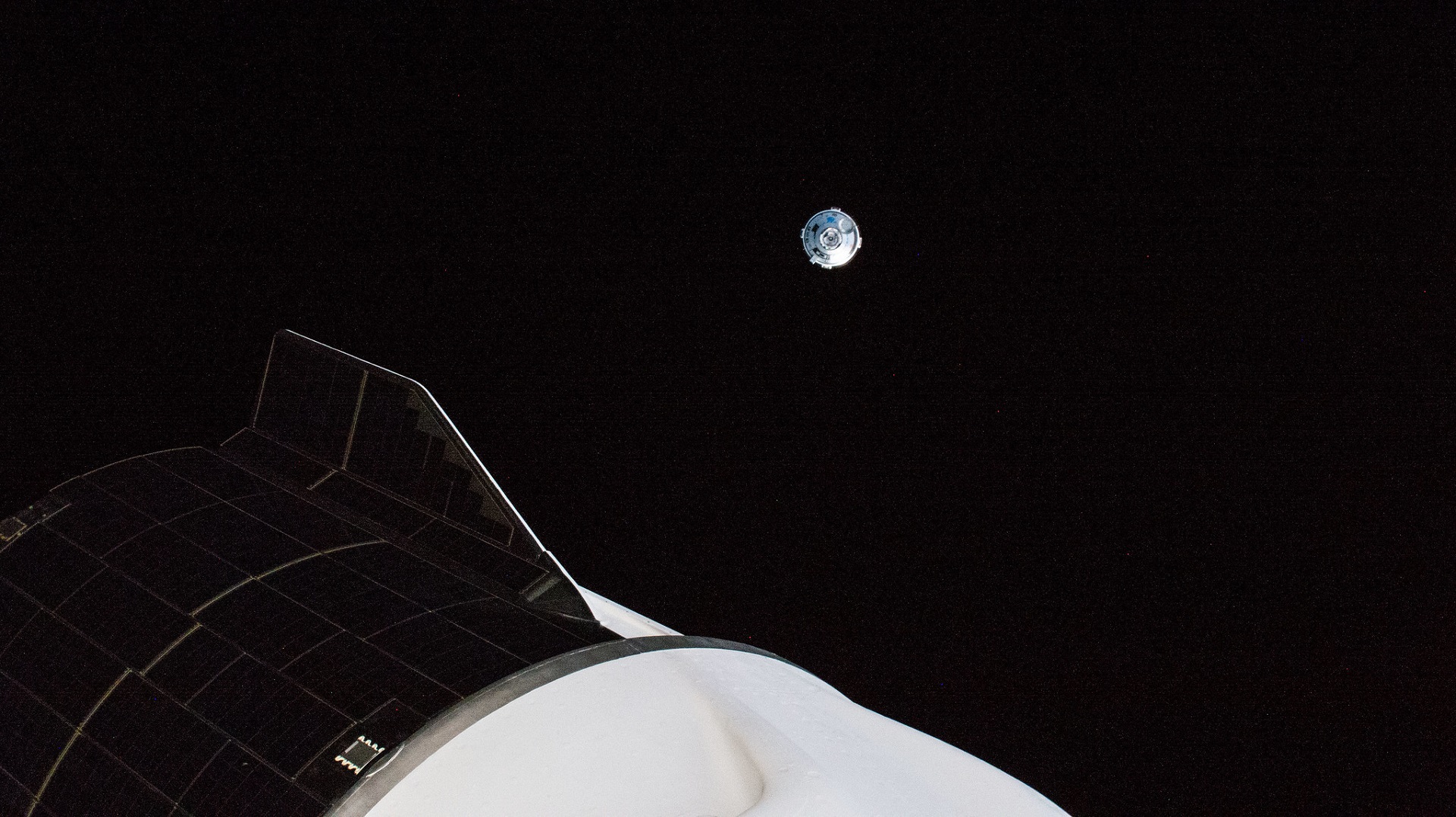Expected this summer, the manned flight of the Starliner capsule has been postponed until spring 2024. First in March, then in April now. Boeing has fallen far behind SpaceX.
It’s definitely a long journey for the Starliner. If the Boeing capsule managed to successfully dock with the International Space Station (ISS) in May 2022, without any crew on board, it has still not been able to demonstrate this with a manned flight. The mission schedule, which has continued to be postponed, has just been postponed again.
This is the announcement from the American space agency on October 23. Scheduled for March 2024, the Starliner’s takeoff with two astronauts on board will take place in April 2024. A slip of barely a month, justified due to traffic around the ISS, crew rotations and the station’s resupply needs via uninhabited cargo ships.
This four-week postponement appears painless compared to the previous postponement. We must in fact remember that the Starliner was supposed to make its manned flight in the summer of 2023 – after, already, date shifts. In the spring, there was talk of a mission starting July 21. And then in August, with nothing coming, the decision was made to postpone everything until March 2024.

A few more tests to be carried out before the flight
Between now and April, and assuming that there is not yet another difficulty in Boeing’s path, several steps will have to be taken. In particular, the delivery of parachutes is expected for the spacecraft, which will be used when it returns to Earth (or in the event of a problem, with a misfire at startup). Drop tests are due to take place in early 2024.
Anxious to show that the preparation of the Starliner is progressing despite everything, NASA highlights several advances that have taken place: this includes the manual control of the spacecraft by the crew, the analysis of the flight interruption system, the qualification of the software flight or its hardware and software integration. Other levels must be passed soon.
The two astronauts selected for this mission, Butch Wilmore and Suni Williams, must reside for eight days aboard the ISS when they leave Earth. The crew will be sent into space using an Atlas V rocket provided by the United Launch Alliance, a company founded by Boeing and Lockheed Martin. The flight will depart from the Cape Canaveral launch site.
A successful manned flight is decisive for the future. It will definitively validate Boeing’s ability to transport astronauts into space — at least, to the ISS. The capsule will thus be able to join SpaceX, which has been qualified for three years now. This will further provide the United States with an additional option, redundancy, for independent access to space.
Do you want to know everything about the mobility of tomorrow, from electric cars to e-bikes? Subscribe now to our Watt Else newsletter!
